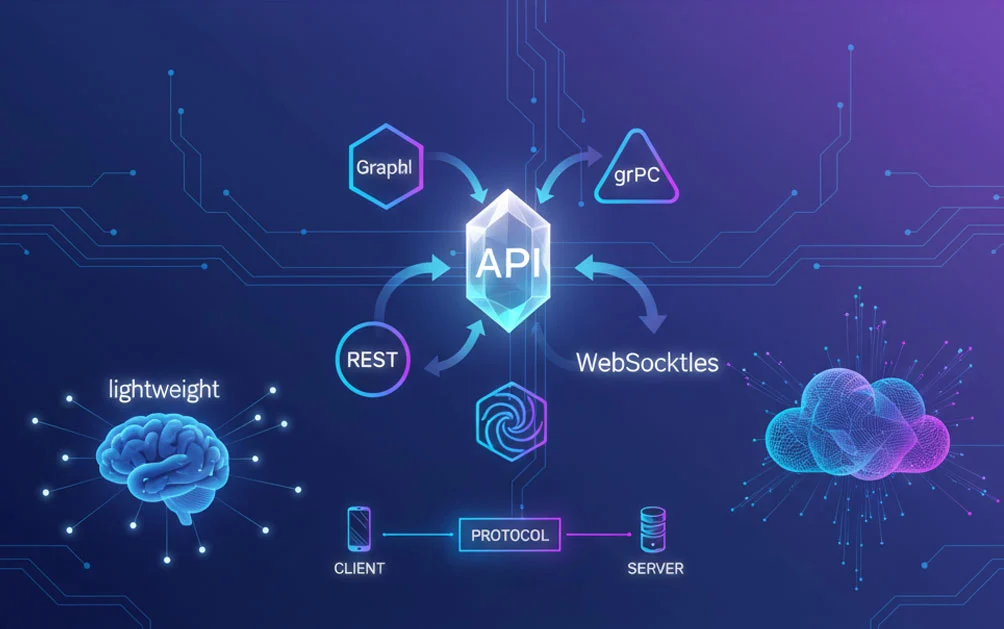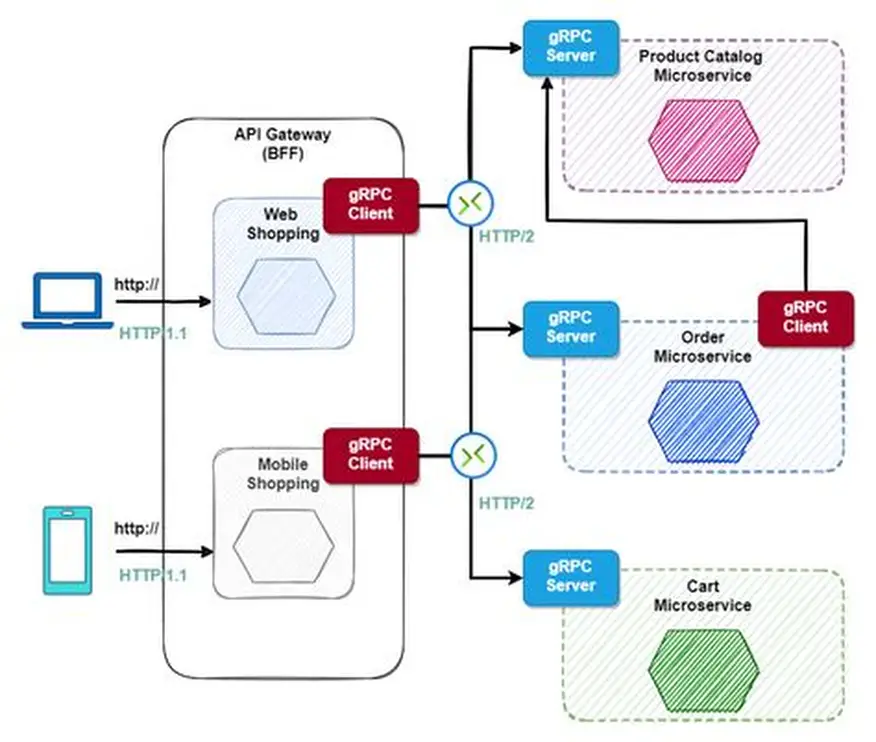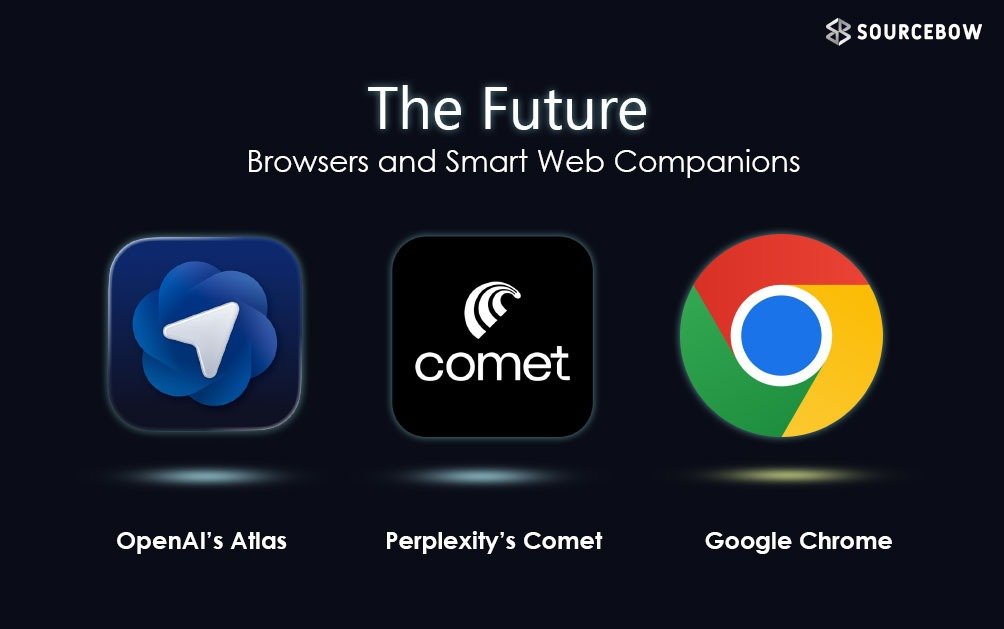Picking the Right Protocol for APIs Without Overthinking It
When it comes to building APIs, the choice of protocol can honestly make or break things. Pick the wrong one and you’ll probably notice slow responses, wasted resources, or stuff just not working the way it should. Pick the right one and everything feels smooth. So yeah, it’s worth paying attention here.
What These Protocols Actually Do in APIs
At the very top, there are application layer protocols. Don’t let the fancy term scare you—it just means they handle the way messages are structured, how requests and responses flow, how errors are managed, that sort of thing.
Sure, underneath you’ve got all those other layers—network, data link, physical—but most of the time for APIs, you’re dealing with the application layer. And the big names here are HTTP, HTTPS, WebSockets, AMQP, and gRPC.
The Everyday Hero Called HTTP Protocol
Most APIs run on HTTP. That’s Hypertext Transfer Protocol, the same thing powering your regular web pages. It’s the classic client and server setup.
The client sends a request, and that request spells out things like:
- The method (GET, POST, PUT, PATCH, DELETE—you’ve probably seen these)
- The resource path (like /api/products/123)
- Which version of HTTP it’s using
- The server’s domain (that’s the host)
- Some way to prove it’s allowed in, usually with a token or login details
The server answers back with a response. And that response has the version, a status code (200 means all good, 400 means you messed up, 500 means the server did), plus whatever data or message it wants to send back. Most of the time it’s JSON, but it could also be a web page or even something else.
Simple, reliable, everywhere. That’s HTTP.
Why HTTPS Protocol Is Basically Non-Negotiable
HTTPS is just HTTP with a layer of security thrown in. It uses TLS or SSL to scramble the data so nobody can snoop while it’s moving between client and server.
The benefits? Encryption, integrity, actual authentication, and yes—even better SEO. The internet kind of expects HTTPS now. Using plain HTTP feels like leaving your door unlocked. Technically it works, but would you trust it?
Where WebSockets Protocol Save the Day
Here’s the thing with HTTP: it’s great for one-off requests, but it kind of falls apart for real-time stuff like chats or live notifications. Imagine asking the server every five seconds, “Hey, any new messages?” Half the time the answer is “nope.” That’s wasted time, wasted bandwidth, and just clunky.
WebSockets handle that differently. After a quick handshake, the connection stays open and goes both ways. Now the server can push updates whenever it wants, and the client doesn’t have to keep asking. Suddenly chat apps, games, and live dashboards actually feel live.
AMQP Protocol and the World of Queues
Now, sometimes you’re not dealing with instant communication but more like a line of tasks waiting their turn. That’s where AMQP or Advanced Message Queuing Protocol, comes in.
Picture this: a producer drops a message into a queue maybe it’s a new order. A consumer, like the order processing system, picks it up whenever it’s ready. If the consumer’s busy, the message just waits. Nothing gets lost, everything stays in order, and work gets done when the system has the capacity.
That’s queues for you structured, reliable and perfect for heavy workflows.
gRPC Protocol for Speed Freaks
Then there is gRPC. This one’s designed for speed. It runs on HTTP/2 and uses protocol buffers, which are way more efficient than plain text. It also supports streaming right out of the box.
The catch? It’s usually not for browsers since most of them don’t fully support HTTP/2 in this setup. Instead, gRPC shines in microservices or server to server communication. It’s fast, lightweight and great when you have got a bunch of services talking behind the scenes.
How to Decide the Right API Protocol
Honestly, it comes down to what you’re building.
- If it’s a regular request-response thing, stick with HTTP or better yet HTTPS.
- If it needs to feel real-time, go WebSockets.
- If you’re juggling big tasks and want guaranteed delivery, AMQP makes sense.
- And if it’s all about performance between servers, gRPC is your friend.
Of course, there are other things too—like how big the data is, what kind of security you need, whether the client even supports the protocol, and how easy it is to work with. Because at the end of the day, you’ll be the one dealing with it daily, and good documentation can make all the difference.
So yeah, protocols aren’t just some boring technical details they shape how your whole API feels and performs. Pick wisely.






